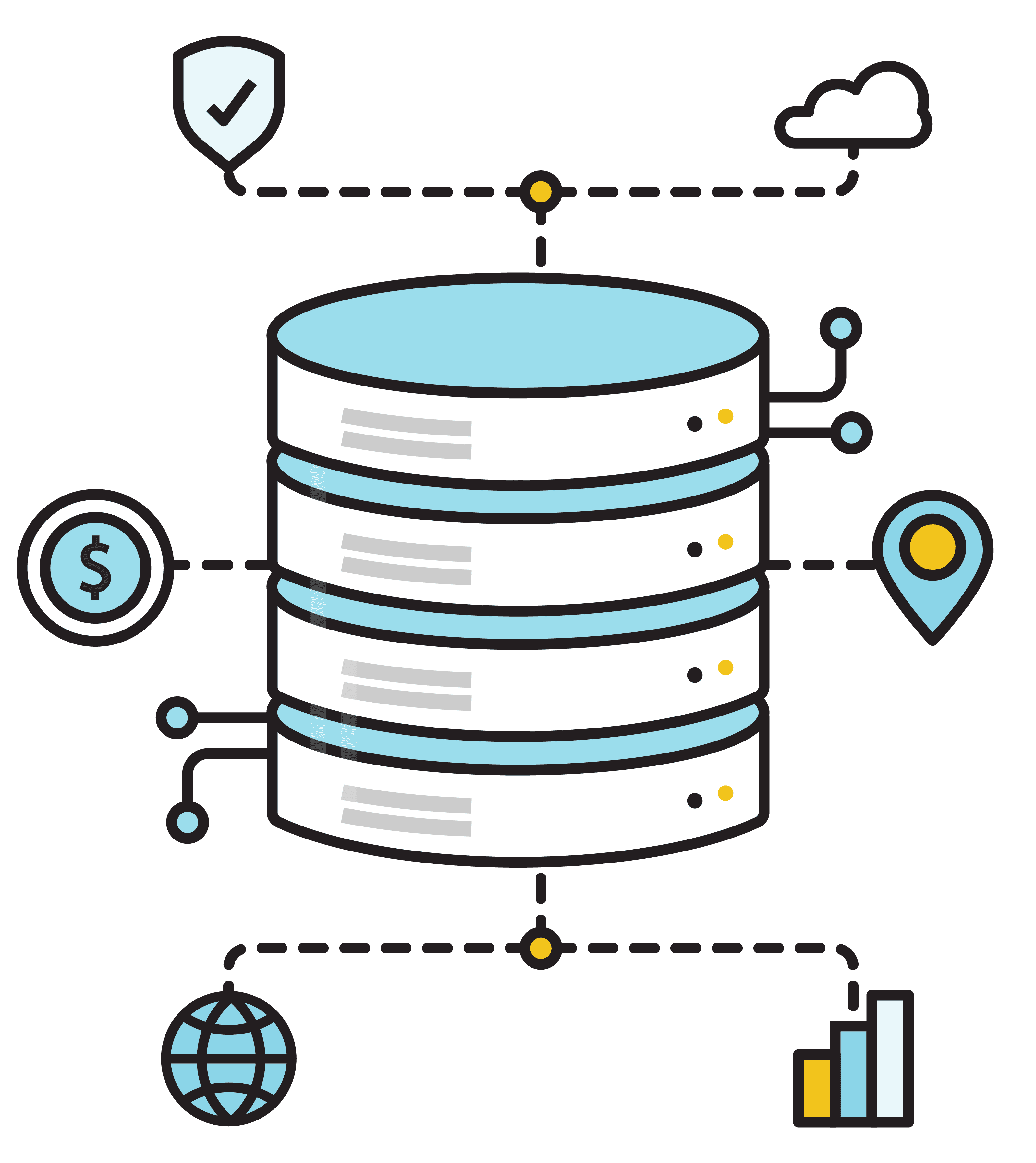Data-Driven Decision Making: Unlocking the Power of Analytics for Business Success
Table of contents
- Introduction
- The Importance of Data-Driven Decision Making
- Steps to Implement Data-Driven Decision Making
- Tools and Technologies for Data-Driven Decision Making
- Real-World Examples of Data-Driven Decision Making
- Challenges in Data-Driven Decision Making
- Best Practices for Effective Data-Driven Decision Making
Introduction
In today's fast-paced, technology-driven world, businesses are increasingly relying on data to drive their decisions. Data-driven decision making (DDDM) involves the process of collecting data, analyzing it, and using the insights to guide business strategies and actions. This approach not only enhances the accuracy and effectiveness of decisions but also fosters innovation and competitive advantage.
The Importance of Data-Driven Decision Making
Informed Decisions: Data provides factual insights that reduce guesswork and subjective bias, leading to more informed and objective decisions.
Improved Efficiency: By identifying trends and patterns, businesses can streamline operations, reduce costs, and optimize resources.
Competitive Advantage: Leveraging data allows companies to stay ahead of the competition by understanding market trends, customer preferences, and potential risks.
Enhanced Customer Experience: Analyzing customer data helps businesses personalize their offerings and improve customer satisfaction and loyalty.
Risk Management: Data analysis can identify potential risks and enable proactive measures to mitigate them.
Steps to Implement Data-Driven Decision Making
Define Objectives: Clearly outline the business goals and the questions that need to be answered through data analysis.
Collect Relevant Data: Gather data from various sources such as customer interactions, sales figures, social media, and market research.
Data Cleaning and Preparation: Ensure the data is accurate, consistent, and free from errors. This step involves cleaning, transforming, and organizing data for analysis.
Data Analysis: Use statistical methods and analytical tools to interpret the data and extract meaningful insights.
Visualization: Present the data in a clear and understandable format using charts, graphs, and dashboards to facilitate comprehension and decision-making.
Actionable Insights: Translate the insights into actionable strategies and implement them to achieve the business objectives.
Monitor and Review: Continuously monitor the outcomes and refine the strategies based on new data and evolving business needs.
Tools and Technologies for Data-Driven Decision Making
Business Intelligence (BI) Tools: Platforms like Tableau, Power BI, and Looker that help visualize data and generate reports.

Data Analytics Tools: Tools such as Python, R, and SQL for data analysis and statistical modeling.

Big Data Technologies: Hadoop, Spark, and NoSQL databases for handling and processing large volumes of data.

Machine Learning Algorithms: Techniques like regression, clustering, and classification to uncover hidden patterns and make predictions.

Data Warehousing: Solutions like Amazon Redshift and Google BigQuery for storing and managing large datasets.

Real-World Examples of Data-Driven Decision Making
Amazon: Uses data analytics to optimize its supply chain, recommend products to customers, and improve inventory management.

Netflix: Analyzes viewer data to personalize content recommendations and decide on new content production.

Uber: Utilizes data to optimize routing, pricing, and driver-partner matching to enhance user experience.

Airbnb: Leverages data to understand customer preferences, set competitive pricing, and improve property listings.

Challenges in Data-Driven Decision Making
Data Quality: Inaccurate or incomplete data can lead to erroneous insights and poor decision-making.
Data Privacy and Security: Ensuring the privacy and security of data is critical, especially with increasing regulations like GDPR.
Integration of Data Sources: Combining data from disparate sources can be complex and time-consuming.
Skill Gap: A lack of skilled data professionals can hinder the effective implementation of DDDM strategies.
Change Management: Shifting to a data-driven culture requires a significant change in mindset and processes across the organization.
Best Practices for Effective Data-Driven Decision Making
Foster a Data-Driven Culture: Encourage all levels of the organization to value and utilize data in their decision-making processes.
Invest in Training: Provide training and development programs to enhance the data literacy of employees.
Ensure Data Governance: Establish policies and procedures for data management, quality control, and compliance.
Leverage Advanced Analytics: Utilize advanced analytics and machine learning to uncover deeper insights and predictive capabilities.
Collaborate and Communicate: Promote collaboration between data analysts and business units to ensure the insights are actionable and aligned with business goals